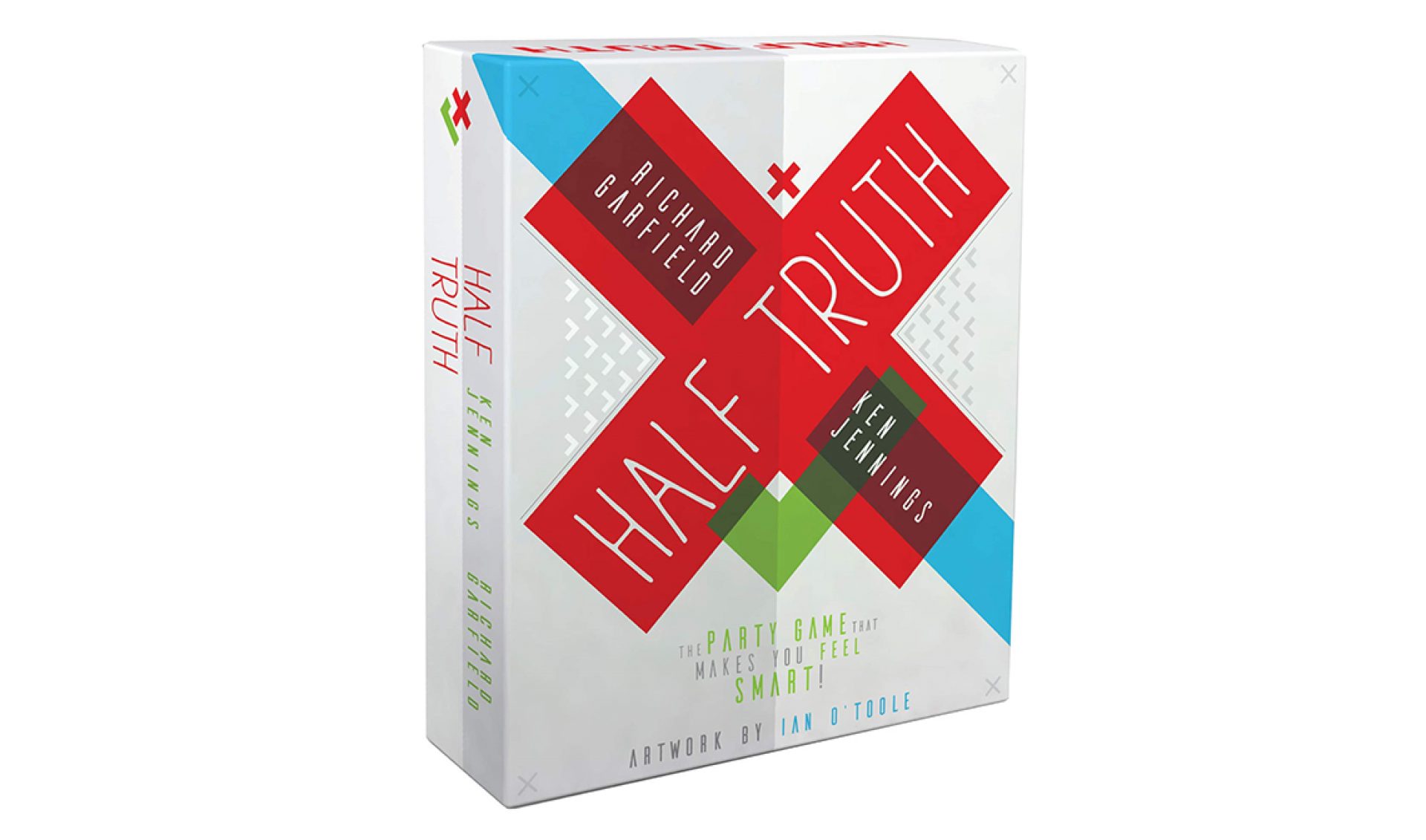
These experiments, where individuals were intentionally infected with HCoV, provide some of the clearest characterization of human responses to coronaviruses and the potential for immune responses to limit infection and disease. Human coronaviruses (HCoVs) have been used in human challenge experiments since shortly after their discovery in 1965 10, 11. Several authors have noted human experimental infection studies (called human challenge studies), suggesting that protection after coronavirus infections may last for only 1 or 2 years 6, 7, 8, 9. In the context of our current limited understanding of SARS-CoV-2 immunity, this review looks for insights from studies of the broader coronavirus family.

However, knowledge of the dynamics and nature of immune response to SARS-CoV-2 infection is limited, and the scientific basis for durable immunity, upon which these key public health and clinical strategies are dependent, is not well developed. The dynamics of immunity will also affect the performance of serological testing to quantify the extent of infection in populations. This assumption is relevant to public health officials implementing and managing various nonpharmaceutical interventions, the utility of sera from infected individuals as a therapeutic 4, and the ability for serological tests to identify those who are immune 5. Nearly all transmission models of SARS-CoV-2 assume that infection produces immunity to reinfection for durations of at least 1 year 1, 2, 3. Limited pre-existing immunity to this virus is thought to be responsible for the explosive increase in cases. Nature Communications volume 11, Article number: 4704 ( 2020)Ī pandemic of severe acute respiratory syndrome coronavirus 2 (SARS-CoV-2 1, 2, 3) is currently underway, and is resulting in severe morbidity and mortality worldwide.

A systematic review of antibody mediated immunity to coronaviruses: kinetics, correlates of protection, and association with severity


 0 kommentar(er)
0 kommentar(er)
